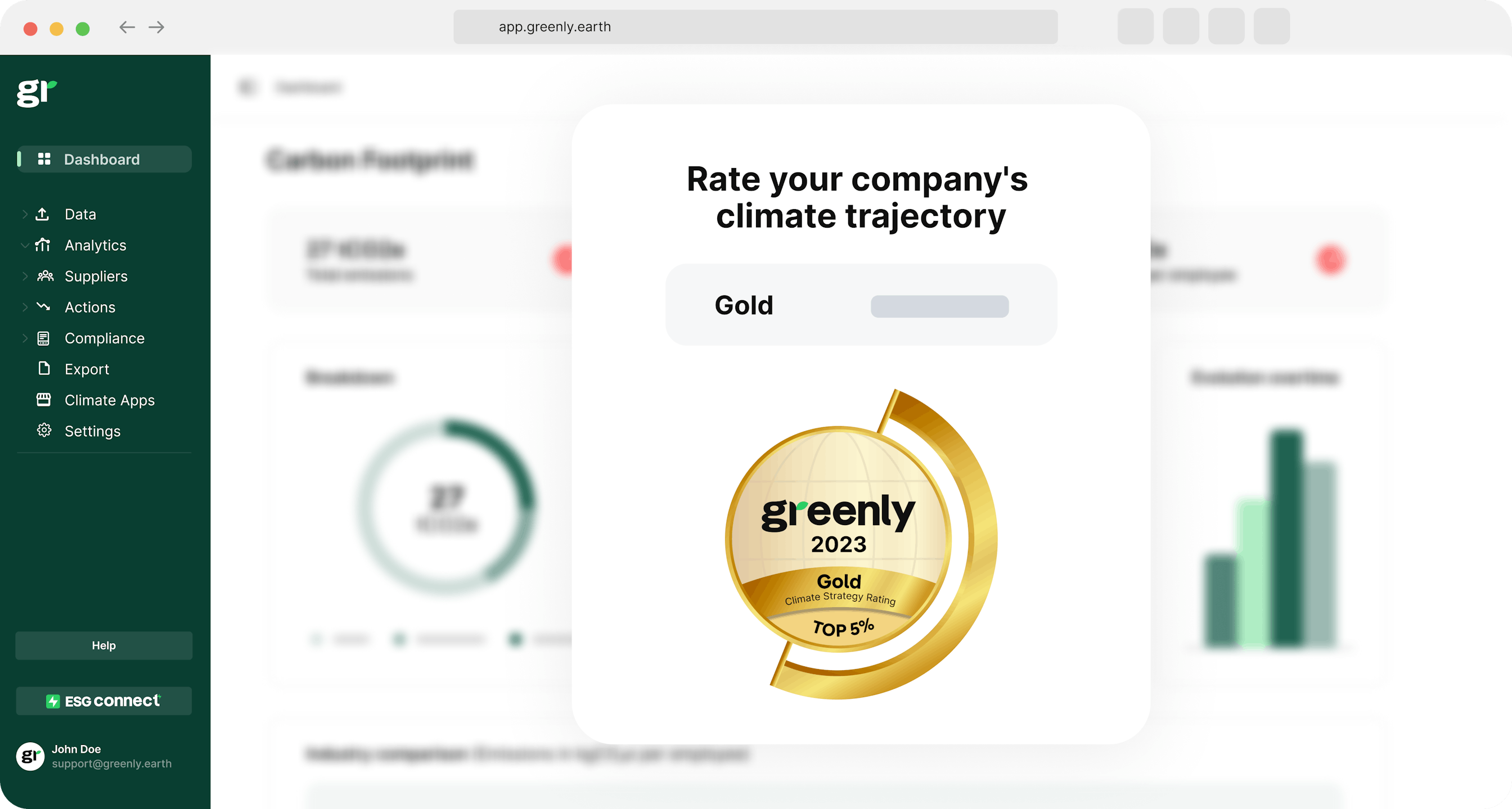
Sustainable Development Goals (SDGs): All You Need to Know
The United Nations has defined 17 goals, aimed at creating a better world. What are these so-called "Sustainable Development Goals" ? Explanations.
ESG / CSR
Industries



Climate change has been a growing problem, as it has impacted the way businesses operate, how developing countries strive to obtain resources, and how we rebuild local communities after suffering the nasty effects of natural disasters due to global warming.
Needless to say, climate change has continued to change life on Earth as we know it – and will continue to do so until we stabilize or cool rapidly rising global surface temperatures.
👉 Where does climate change stand in 2025?
In this article, we'll discuss the climate crisis, current climate change progress 2025, ways we can reduce global greenhouse gas emissions, and international climate politics.
Shifts in climate change are innate and are expected to evolve over time during the solar cycle, but according to the Intergovernmental Panel on Climate Change – increased human activity such as industrialization and urbanization have impacted the natural cycle of climate change, causing the annual global average temperature to increase and the need to limit global warming.
💡 In fact, the World Health Organization, also known as WHO, have declared the global temperature rise and excessive act of burning fossil fuels to be one of the greatest threats to global health. Therefore, the increase of the global average surface temperature not only has an affect on the climate system, but on human health.
Fossil fuels, carbon dioxide, and various greenhouse gas emissions have made climate change a more predominant problem in our society, and it has given climate change the power to ultimately impact the way we approach sustainable business and daily lifestyle habits – such as by paying more attention to the global average temperature and ways to reduce emissions .
👉 Seeking to reduce greenhouse gas emissions is essential to limiting global warming, which can be accomplished by following the Paris Agreement goals, forbidding new fossil fuel projects, and analyzing the results of the Climate Change Performance Index.
The Climate Change Performance Index, or the CCPI, makes use of a standardied framework to compare and contrast the global efforts being implemented for climate change across the world.
The Climate Change Performance Index (CCPI) is an annual publication that evaluates and compares the climate protection performance of 60 countries and the European Union, which collectively are responsible for over 90% of global greenhouse gas (GHG) emissions.
The main of the CCPI is to accomplish the following:
Scoring via the Climate Change Performance Index is calculated via the following categories:
💡 The Climate Policy category evaluates both national and international climate policy efforts te o ensure that climate ambition, clean energy investments, efforts to improve energy efficiency, and more are well documented.
The CCPI uses data from reputable sources such as:
Nordic countries such as Sweden, Denmark, and Finland have high CCPI scores as a result of their extensive efforts to implement renewable energy policies, clean energy manufacturing, and efforts to reduce methane emissions, limit warming, and work towards net zero targets.
The CCPI serves can help all stakeholders by:
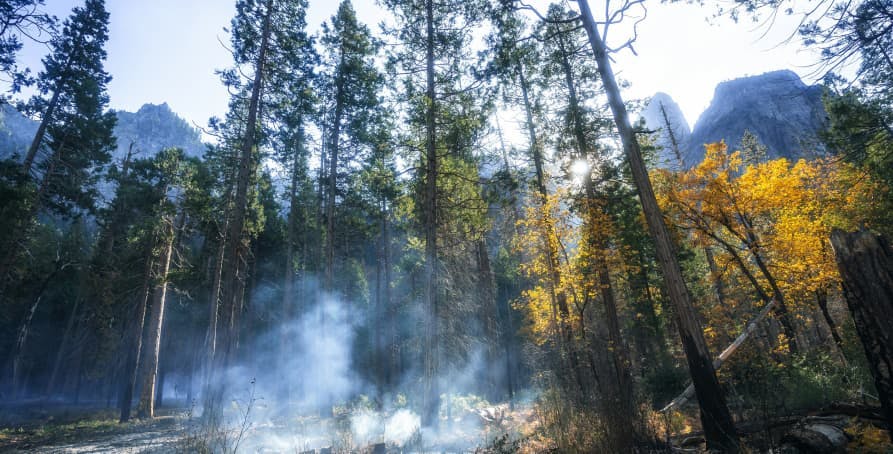
Think of planet Earth like a person who is out and about in a winter storm wearing a heavy winter jacket. Now, imagine that the Earth is still wearing that jacket and isn't allowed to take it off – and the weather suddenly changes from winter to summer… a toasty summer, at that.
That's how the Earth feels due to global warming – suffocating in heat and unable to find any immediate relief. Global warming is due to the burning of fossil fuels that create greenhouse gas emissions and trap the sun's heat and provoke temperatures to rise.
Changes in the Earth's climate such as sea level rise, seasonal snow cover, ocean acidification, sea ice, and ice sheets would all refer to climate change – where as reports regarding greenhouse gas concentrations or the most potent greenhouse gas refer more to global warming.
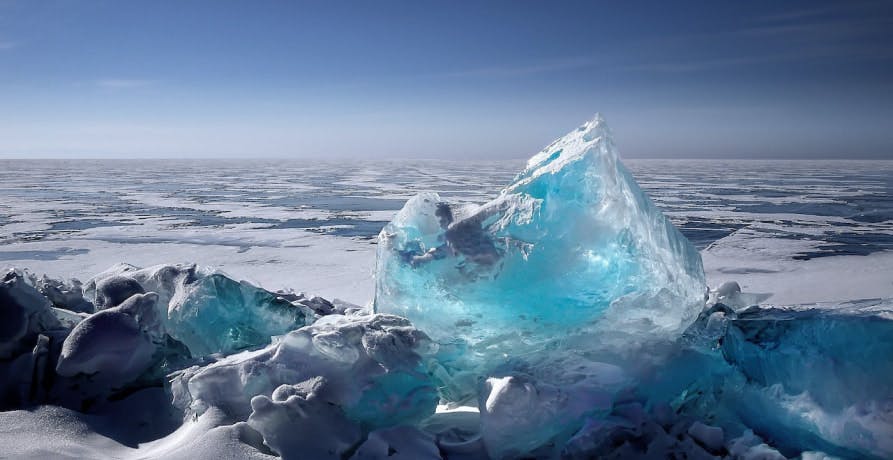
Climate change is occurring due to our increased industrial activity, urbanization, and high-carbon emitting pleasures like travel and the rapid acceleration of consumerism for products like fast fashion. These activities deplete unnecessary resources, while also worsening pollution with the extensive use of fossil fuels that perpetuate even more greenhouse gas emissions – which all aids to maintain climate change to be the crisis that it is.
Climate does not only threaten human life, but various animal species on the planet as well.
Rising temperatures, specifically in the Arctic region, have caused ice glaciers to melt and in turn have threatened all forms of life that dwell in cold environments.
Many animals have been left with no choice but to flee their natural habitats. Also, climate change has affected plants, trees, and flowers – as they are no longer following their natural life cycles due to these spontaneous shifts in weather patterns.
👉 These challenging events are only expected to occur with increased severity at a more frequent rate as climate change continues to be a problem.

Climate change began in correlation to the increased industrialization habits that began back in the 1860s. However, the effects of climate change have been most noticeable since the 1950s, when industrialization began to occur at a newfound rapid pace.
💡 Scientists discovered the phenomenon of climate change after measuring the surface temperature of various oceans, and were able to correlate the significant increase with the growing rates of urbanization, industrialization, and human consumerism.
Since climate change began, several new technologies have been developed like carbon capture and storage systems. These machines strive to mitigate further carbon dioxide or greenhouse gas emissions from entering the atmosphere and help to combat climate change. As revolutionary as this is, the environmental damage made to the problem isn't reversible.
Even with many companies and countries around the world striving to reach net-zero emissions, it still isn't enough to reduce global temperatures overall. It is unreasonable to expect all individuals, companies, governments, and communities on Earth to cease all industrial activities that emit excessive amounts of carbon or greenhouse gas emissions.
Mitigating climate change requires several approaches given the Earth's average temperature and further warming of the planet.
👉 The most reasonable approach is to utilize both carbon offsetting methods and preventative measures to reduce global warming to stabilize the rising temperatures of the planet.

While there are many preventative measures and new technologies being made to combat further climate change, the truth is that the forecast for climate change in 2024 isn't looking much better.
Climate change in 2024 and the years to come is only expected to get worse. For example, there is a 93% chance that one of the years between 2022 and 2026 will be the warmest year to date; breaking the previous record held by 2016.
This has already happened in summer 2023, with multiple record-breaking temperatures around the world having been recorded. This proves the previous forecast that the average global temperature for the five year period between 2022 and 2026 is projected to be higher than the previous five year period between 2017 and 2021.
The worst projection for climate change in 2024, is that the chance for the average global temperature to rise above 1.5°C has increased to almost 50% for the next five year period between 2022 and 2026.
2023 alone saw numerous new concerning effects of climate change: such as with the Canadian wildfires that spread smoke all the way to the U.S. and even across the pond to Paris. It is expected that 2024 will continue to be exceptionally warm, seeing as 2023 broke multiple temperature records worldwide.
👉 These expected, worsening predictions for climate change in 2024 will not be the pique of global warming misery. As long as we continue to emit extreme amounts of greenhouse gas and carbon dioxide emissions into the atmosphere, climate change will continue to worsen.
In 2024, there will be several treaties, conferences, and initiatives taking place in order to measure, monitor, and mitigate climate change.
Here are just a few of the many measures being taken and implemented to improve the state of climate change in 2024 and the years to come.
The Conference of Parties, otherwise known as COP, is an annual meeting where global leaders discuss the current most imperative threats to climate change – and debate the best approaches on how to fix those specific problems that are causing climate change, as well as other climate challenge issues around the world.
The UNFCCC, otherwise known as the United Nations Framework Convention on Climate Change – is an international treaty that seeks to mitigate the detrimental effects of human activity on climate change. The UNFCCC, alongside other global leaders, attends the Conference of Parties every year to discuss climate change.
COP27 in Egypt helped to develop the Loss & Damage fund – which will help more vulnerable countries to be financially supported as climate change wrecks have on society. More recently, COP 28 in Dubai focused on climate-finance and global stocktake. It is expected that more of these issues will continue to be discussed at next year's COP29, which is set to take place in Azerbaijan.
The Paris Climate Agreement is an international treaty that serves as the most vital global climate agreement to date, as it requires all countries to reduce their greenhouse gas emissions – even if they have not joined The Paris Climate Agreement.
The Paris Climate Agreement replaced a previous international climate treaty called the Kyoto Protocol in attempts to provoke the world to improve their measures around reducing greenhouse gas emissions.
💡 Companies can contribute to global net-zero target by seeking to balance out all the carbon and greenhouse gas emissions that they are responsible for being released into the atmosphere.
Most organizations achieve this goal by investing in alternative carbon offsetting projects or purchasing carbon credits to counterbalance their own residual emissions (those they really cannot avoid AFTER having reduced them as much as possible.
Countries around the world are striving to achieve net-zero emissions, and while it is a great tactic to eventually stabilize global warming and rising temperatures – it isn't enough to actually reduce the effects of climate change.
While striving to contribute to net-zero emissions is great, balancing the amount of carbon dioxide or greenhouse gas emissions that companies emit into the atmosphere isn't enough to reduce climate change to the extent that it needs to be.
| Protocol | Description |
|---|---|
| COP29 with UNFCCC | The Conference of Parties (COP) is an annual meeting under the UNFCCC where global leaders discuss and debate the best approaches to address the most pressing threats and challenges of climate change. |
| Paris Climate Agreement | An international treaty that mandates all countries to reduce their greenhouse gas emissions. It replaced the Kyoto Protocol and is essential for global climate policy as it requires countries to set and achieve emission reduction goals. |
| Net-zero Emissions by 2050 | Countries and companies strive to balance out all carbon and greenhouse gas emissions by investing in carbon offsetting projects or purchasing carbon credits. This goal aims to stabilize global warming but emphasizes the need for sustainable practices to reduce fossil fuel usage. |
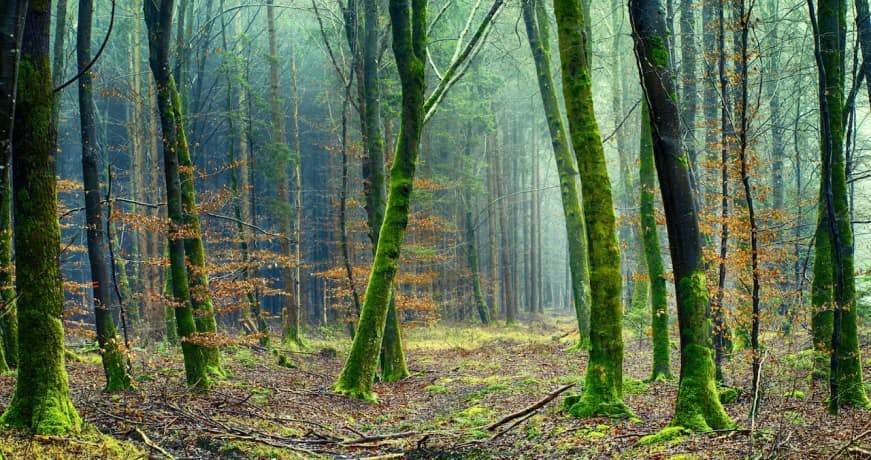
Just because the outlook for climate change in 2024 is looking grave, doesn't mean attempting to improve the state of climate change around the world is a lost cause. There are still many measures that can be implemented to improve the current state of climate change.
The biggest thing that companies, countries, and individuals around the world alike can do is strive to be more climate positive instead of merely joining the movement to transition to net-zero emissions.
To be, “climate positive” is when a company or individual seeks to directly reduce their own carbon footprint rather than investing in carbon offsets to even out the amount of carbon emissions they produce.
👉 In short, being climate positive is better than transitioning to net-zero emissions as it tackles the root of the problem that created climate change in the first place – excessive greenhouse gas and carbon dioxide emissions.
Being climate positive can also improve business endeavors – as investors, customers, and future employees alike will strive to collaborate with companies that actively seek ways to directly reduce climate change.
Also, altering things in your typical daily routine to reduce climate change shouldn't discharged in 2024 – things like greener transportation methods, plant-based diets, avoiding fast fashion or opting for sustainable clothing garments instead, shorter showers, turning off devices when not in use, and more energy efficient devices are all great habits to implement that can still help climate change in 2024.
Some other things you can do to support the fight against climate change in 2024 include:
All in all, climate change in 2024 isn't looking great – but there are still a plethora of opportunities for global leaders, company managers, and average people like you and I to change the course of climate change so that the next five year period doesn't look as bad as this one does.
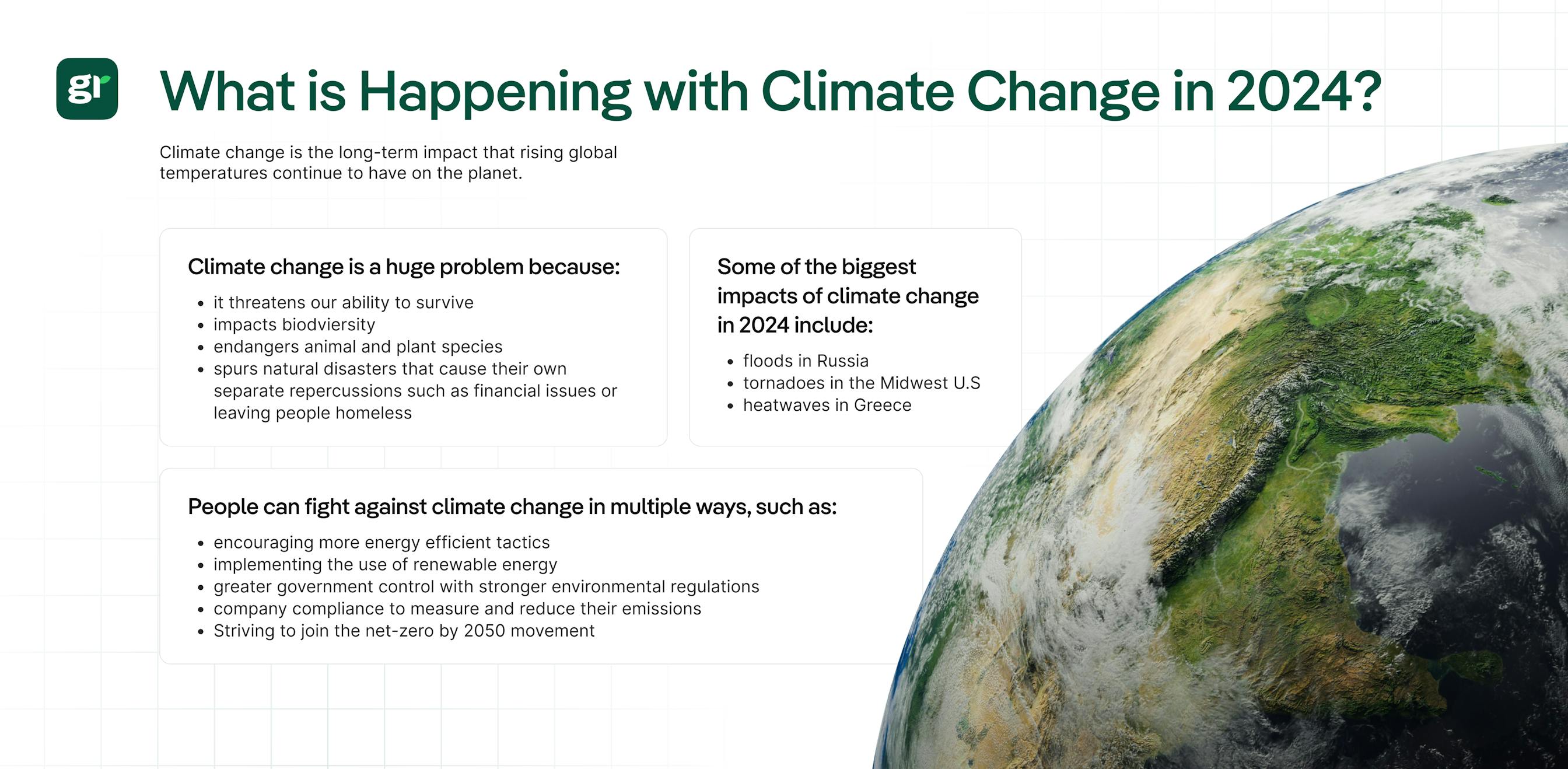

If reading this article about climate change in 2024 has made you interested in reducing your carbon emission to further fight against global warming – Greenly can help you!
At Greenly we can help you to assess your company’s carbon footprint, and then give you the tools you need to cut down on emissions. We offer a free demo for you to better understand our platform and all that it has to offer – including assistance with boosting supplier engagement, personalized assistance, and new ways to involve your employees.
Click here to learn more about Greenly and how we can help you reduce your carbon footprint.
